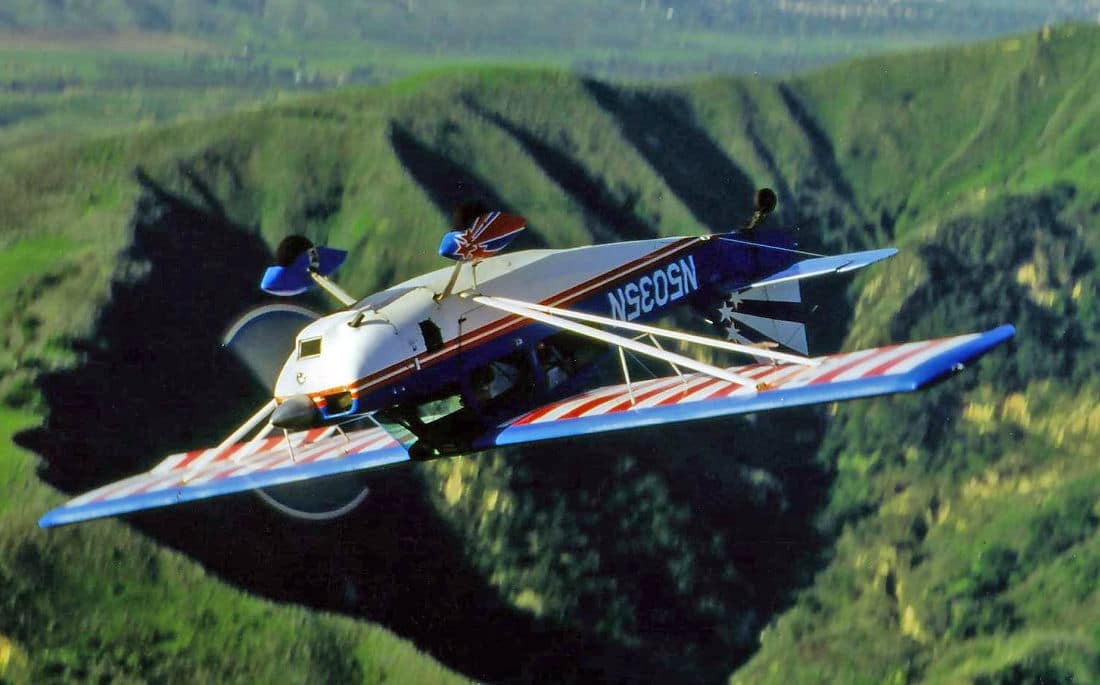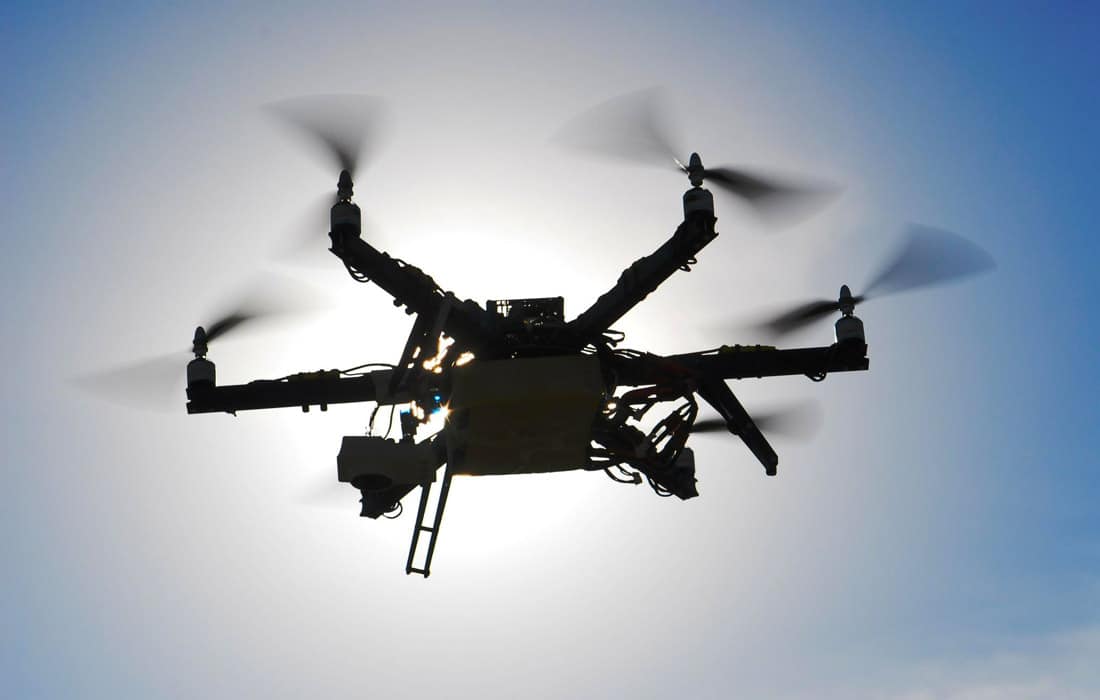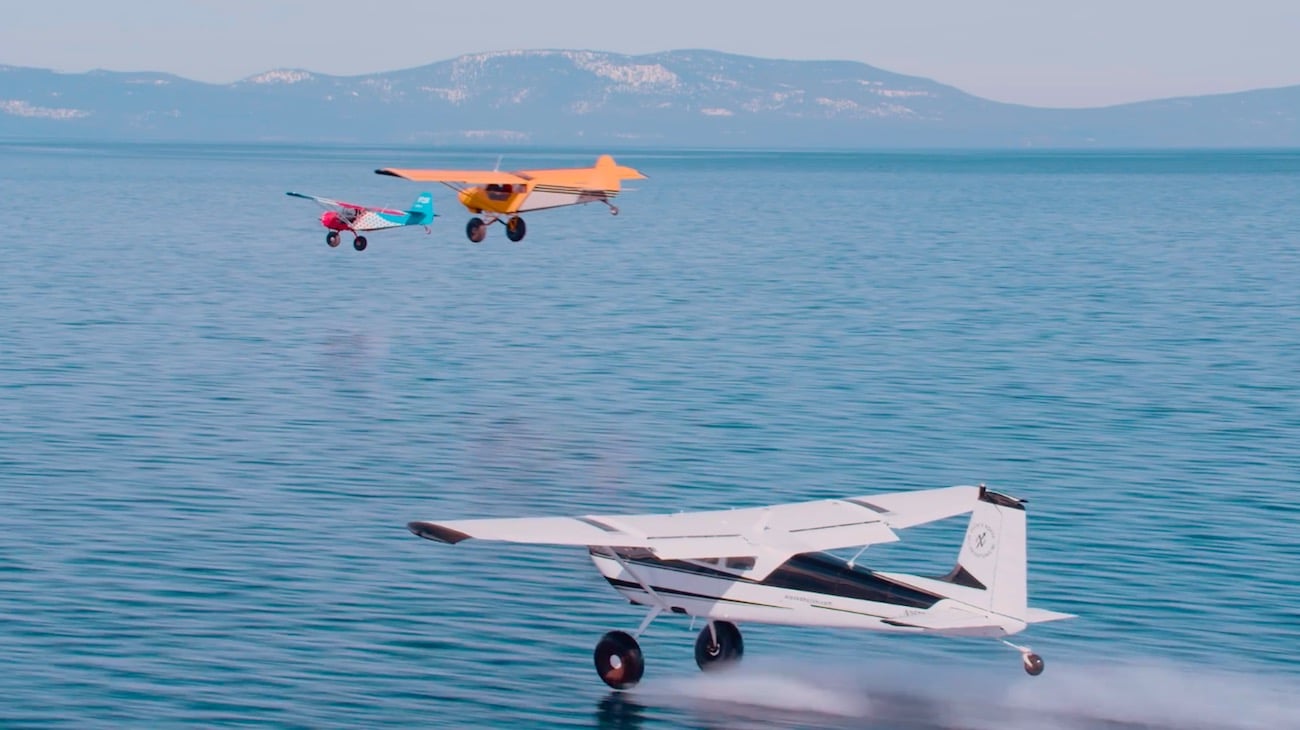The Decathlon AD went into effect April 12, 2017.
The FAA has issued a new airworthiness directive (AD) that applies to certain American Champion Aircraft Corp. Model 8KCAB airplanes. The AD came about after a report of a cracked hinge support and cracked hinge ribs that caused a partial loss of control during flight when the aileron became stuck. The AD requires fabrication and installation of a placard that prohibits aerobatic flight for affected airplanes, an inspection of the aileron hinge rib and support, and for pilots/aircraft owners to report the results of their inspection to the FAA.
More Details on the Decathlon AD
The AD applies to the following Model 8KCAB airplanes certificated in any category:
- Those with serial numbers 1116-2012 through 1120-2012, and 1122-2012 and up.
- Any Model 8KCAB airplane that is equipped with part number 4-2142 exposed balance ailerons.
In the report provided to the FAA, the pilot said that the aileron became stuck during some phases of flight, but that they were able to un-stick the aileron and land. After an inspection, they found “cracked structure around several of the aileron hinges.” According to the FAA, if the condition is not corrected, it could lead to “failure of the aileron support structure; leading to excessive deflection, binding of the control surface, and potential loss of control.”
The FAA notes that they have reviewed American Champion Aircraft’s Service Letter (SL) 442 regarding the issue and that the AD requires accomplishing the actions outlined in the service information except where they specify different or additional actions, which will be outlined below.
AD Requirements
As of April 12, 2017, the FAA says that any airplane subject to the AD must have a placard fabricated and placed in it reading ‘AEROBATIC FLIGHT PROHIBITED.’ The placard must use at least 1/8 inch letters, and be placed on the instrument panel within the pilot’s clear view. The fabrication and placement of the placard can be done by the owner/operator. The airplane will be restricted to 10 hours of non-aerobatic flight until the following actions are taken:
- Within the next 10 hours time-in-service (TIS) after April 12, 2017 (the AD’s effective date), an inspection of the aileron hinge rib and support needs to be carried out following SL 442 from American Champion.
- If no cracks are found during the inspection, the required placard can be removed.
- If cracks are found during the inspection, no further flight will be permitted in the airplane until an FAA-approved repair has been carried out. The FAA notes that currently, there is no fix for airplanes with cracks in the specified area, “so such airplanes could not be operated until a repair that was FAA-approved specifically for the AD is incorporated. “
- Within 10 days of the inspection being carried out, a report must be submitted to the FAA’s Chicago Aircraft Certification Office with the inspection results. The FAA requests the following information be included in the report:
- The hours TIS on the airplane since the affected part was installed.
- The length of any cracks.
- The location for all cracks found.
Differences Between the AD and the Service Letter
The FAA notes several differences between SL 442 and the AD:
- SL 442 requires repetitive inspections, but the FAA “has not determined whether these intervals are appropriate.“
- The FAA’s AD requires fabrication and placement of a placard limiting aerobatic flight for the 10 flight hours allowed prior to inspection, while SL 442 doesn’t contain a placard limitation.
- SL 442 requires reporting inspection results to American Champion, while the AD requires reporting the results to the FAA.
- SL 442 doesn’t address corrective actions if cracks are found, where the AD prohibits further flight in airplanes with known cracks.
The FAA says that actions required by the AD take precedence over SL 442.
To read the AD as posted on the Federal Register, click here.
And to read SL 442 from American Champion, click here.
Cost of Complying With the AD
The FAA estimates the AD affects 64 airplanes and also estimates the following cost to comply:
| Action | Labor cost | Parts cost | Cost per product | Cost on U.S. operators |
|---|---|---|---|---|
| Fabrication of placard, inspection of aileron hinge rib and support, and report of findings to the FAA | 2 work-hours × $85 per hour = $170.00 | $100 | $270.00 | $17,280 |
Commenting on the AD
The FAA notes that this is a final rule, and was not preceded by notice and an opportunity for public comment. However, the agency says that they welcome any “written data, views, or arguments” regarding the AD, and more specifically, “comments on the overall regulatory, economic, environmental, and energy aspects of this AD.” Comments can be submitted online or through the address information provided in the posting. The FAA says to include docket number FAA-2017-0283 and Directorate Identifier 2017-CE-009-AD at the beginning of your comments and adds that they will consider all comments received by May 30, 2017, and that they may amend the AD based on comments received.
Featured Image: American Champion Aircraft 8KCAB Super Decathlon, courtesy of Valder137, CC BY 2.0
American Champion Decathlon: the Sports Car of Singles

Mention the word “aerobatics” and many pilots immediately imagine the little Pitts Special biplane. While the Pitts is a superb flying machine, it’s designed for one and only one mission: big time aerobatics! Everything else was a secondary design consideration. For example, it’s anything but comfortable during long trips (not that you can get very far in it with its limited range). It’s blind and twitchy on landing, too. In contrast, the 8KCAB Decathlons are a line of tame and comfy mounts. The name [Click to read more…]















Leave a Reply